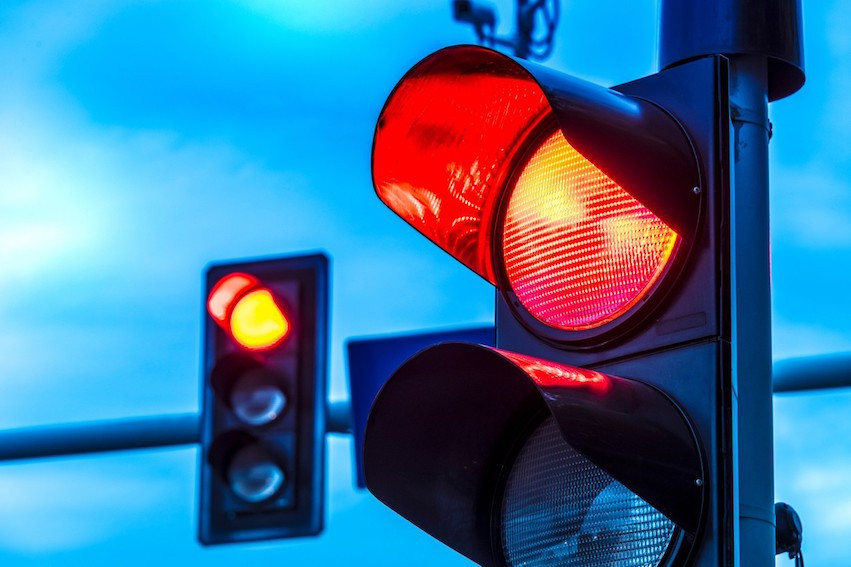The mobility minister has said that he wants to reduce the number of deaths and injuries on Luxembourg roads. And even while running red lights cannot ‘compete’ with speed, alcohol or drugs or even with dangerous behavior (crossing the centre line), François Bausch (Déi Greng) continues to deploy the arsenal in his road safety action plan (2019-2023).
The government thus tabled its bill aiming to create a system of automated checks and fines, which is often wrongly called a “red light radar”, because nothing prevents the police, as a government presentation notes, from placing them anywhere they have difficulty carrying out spot checks because of the configuration of the road. Or when the driver has the impression that he is very unlikely to be caught.
For now, this device, measure 14 in Bausch’s plan, will nevertheless be reserved for red lights. The pilot project should be installed in Schlammesté in 2022.
Since 2016, Luxembourg has had 24 fixed speed cameras, 5 mobile speed cameras and 2 speed cameras positioned at roadwork sites.
The bill aims not only to check compliance with speed and red lights, but also, in the medium term, non-compliance with safety distances and traffic on lanes reserved for other road users.
A national processing centre has already been set up, and it will have to be adapted at the cost of €640,000. An additional €120,000 for fixed equipment and €150,000 for cabling will be also be required. The maintenance of an automated device at a red light costs €4,300 per year.
Originally published in French by Paperjam and translated for Delano
